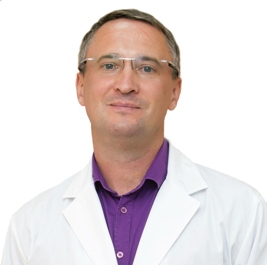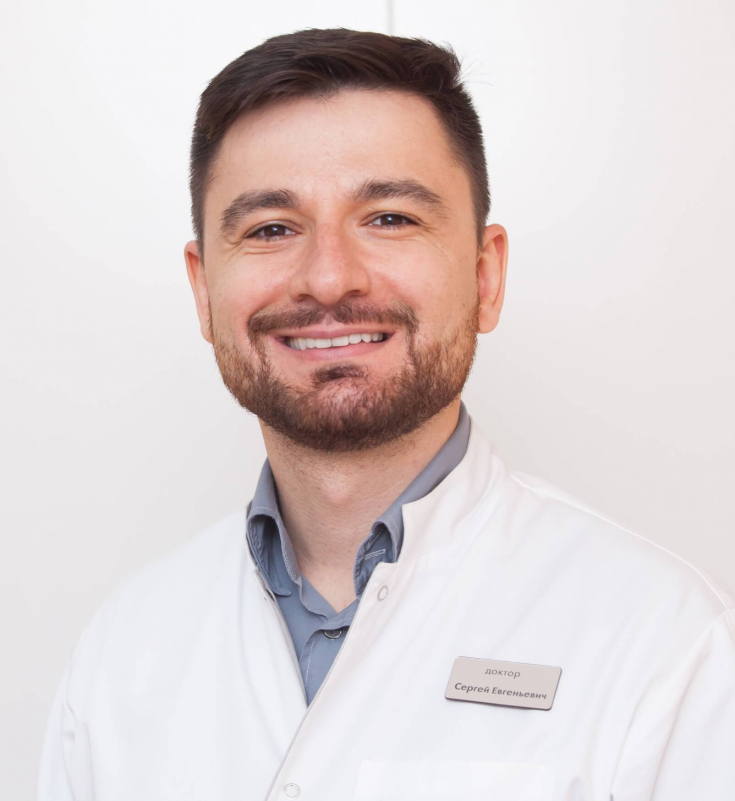Plasma Therapy, or PRP Therapy, is now considered one of the most promising treatments for hair loss. This is a low-impact and fairly safe procedure, while being highly effective for many diseases of the scalp and for various causes of hair loss.
Plasma therapy as an effective treatment for scalp diseases
The essence of the method is that the patient is given injections of plasma obtained from his own blood and enriched with platelets. The introduction of autoplasma is carried out directly into the problem areas of the scalp.
The principle of action of plasma therapy lies in the regenerative role of activated platelets, which secrete growth factors, due to which blood circulation in the scalp, division and metabolism of hair follicle cells are stimulated, and as a result – to stimulate hair growth.
The use of plasma therapy in trichology implies a complex treatment of hair and scalp, due to which the quality of the hair noticeably improves, it becomes elastic and thick, its cross-section stops and loss decreases.
We have invited our leading trichologists to answer a few questions about the use of plasma therapy when patients come to them with problems of hair loss.

Petakh Andrey Vasilyevich
PhD, plastic surgeon
Clinic of plastic surgery "Perlyna", Kyiv

Grishay Sergey Evgenievich
plastic surgeon
Clinic of plastic surgery "Perlyna", Kyiv
For what indications do you consider it appropriate to prescribe plasma therapy? Why, in your opinion, can plasma therapy be effective for appropriate indications?
Plasma Therapy – it is the most modern and progressive non-invasive treatment for androgenetic alopecia. This method can be applied if the hair is preserved or if no more than 1 month has passed since the loss. It is not always possible to see thinned, pigmentless hair, which is in a state of deep dystrophy, with the naked eye, but it is clearly visible when using special magnifying equipment.
Plasma therapy is indicated in the early stages of alopecia treatment as an independent method, as well as in combination with other means. We also recommend this procedure in some cases for advanced stages of hair loss, and as a preparation of the skin for a hair transplant.
What do patients usually expect from this procedure when they come to you with hair problems? What result can they actually get after plasma therapy and do the results of the operation usually match the expectations of patients?
Sometimes patients think that by going to the doctor with a problem of baldness, they will quickly and easily stop hair loss, but this is not so. Any treatment for alopecia – time-consuming and, unfortunately, it is not always effective enough. There is a part of people for whom, unfortunately, plasma therapy does not help much or it turns out to be not effective for them at all.
It is impossible to identify such people before starting treatment, and only after 3-4 procedures can one say this with some certainty. We always warn our patients about this phenomenon. After a full course of treatment, patients usually notice a darkening of bleached hair, a thickening of them (that is, from vellus they again become pivotal), the beginning or acceleration of their growth. In addition, after plasma therapy, hair fragility decreases and the condition of the skin of the scalp improves.
What course of plasma therapy procedures is usually prescribed? Are maintenance sessions required and at what interval?
The standard course of treatment consists of two phases – the first step is the saturation phase. It consists of 6 plasma therapy procedures with an interval of 1 month. Next, a maintenance phase is performed, which includes plasma therapy procedures twice a year, that is, every 6 months. If necessary, they can be done more often.
What additional procedures can improve the results of plasma therapy
Plasma therapy can be combined with any other treatment methods using both topical drugs (minoxidil) and systemic drugs (finasteride). In addition, plasma therapy can be combined with hardware and manual techniques that improve local blood supply to the scalp. The only limitation for them is that it is desirable to postpone the use of hardware methods for 2 days after plasma therapy due to the fact that there may be a slight local inflammatory reaction to the introduction of platelet-rich plasma.
Does the patient have to follow any rules during the rehabilitation period? Are there complications after the procedure?
As a rule, most patients tolerate plasma therapy without problems. In case of discomfort or pain, a topical anesthetic cream is applied. The first two days after the procedure, a local inflammatory reaction may be observed. We did not have any other complications, including severe ones, during plasma therapy.
Plasma therapy is contraindicated in people with bleeding problems, hepatitis or diabetes mellitus, people with cancer, mental disorders, pregnant women, and people with inflammation or pustular rash at the injection sites of platelet-rich plasma. There are no special rules for the patient, and he can return to normal life immediately after the procedure.
Source estet-portal.com






Add a comment